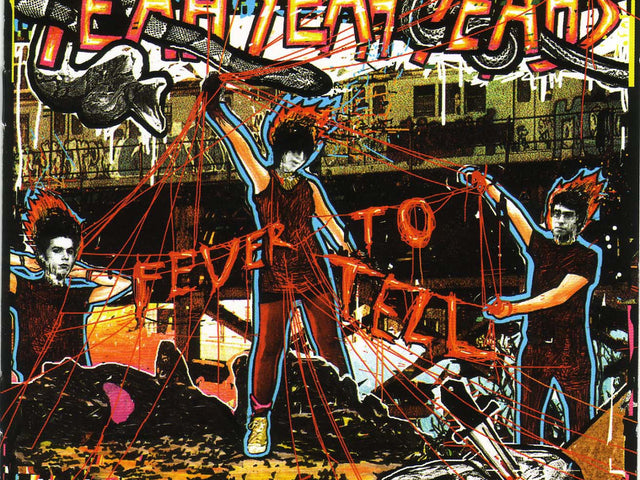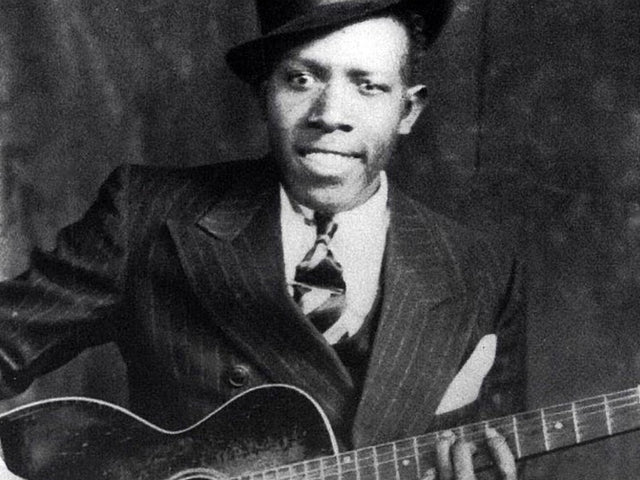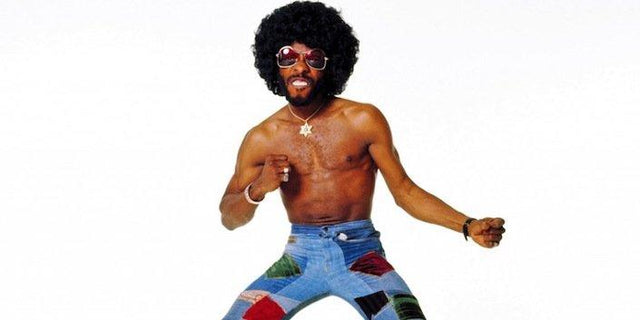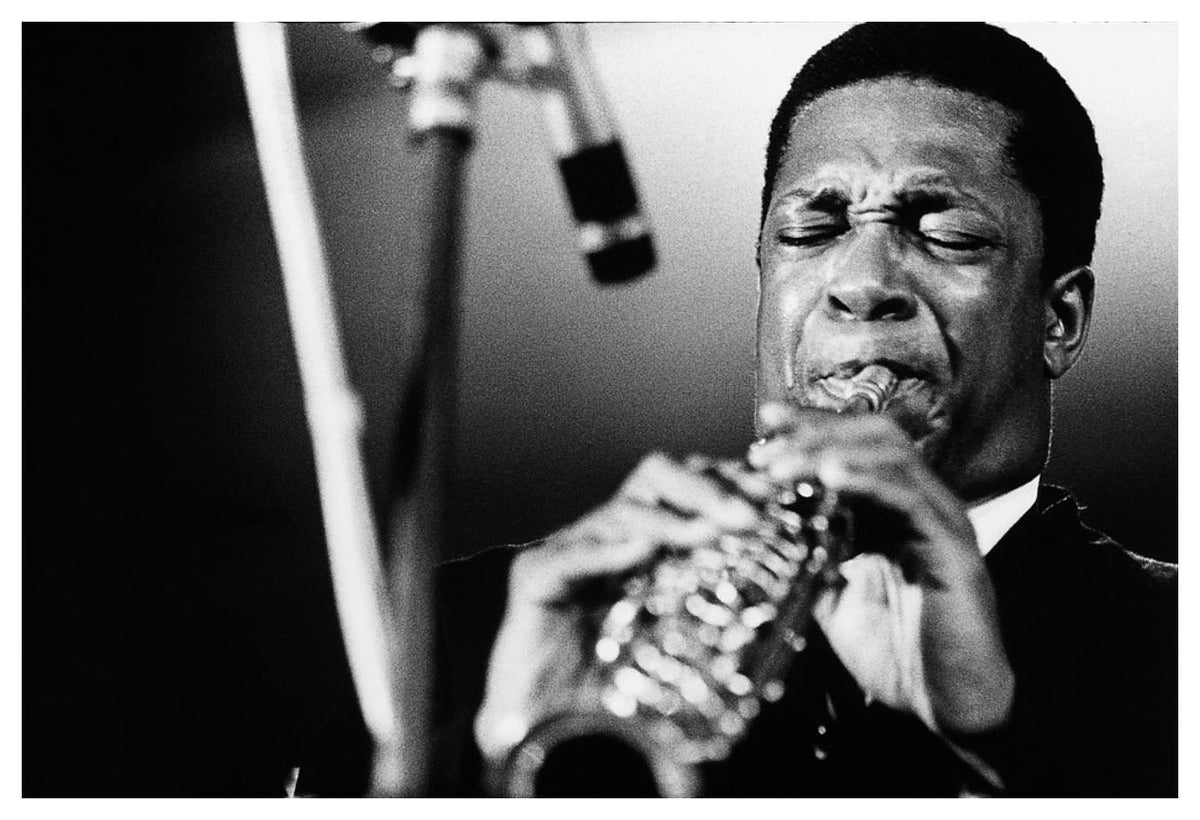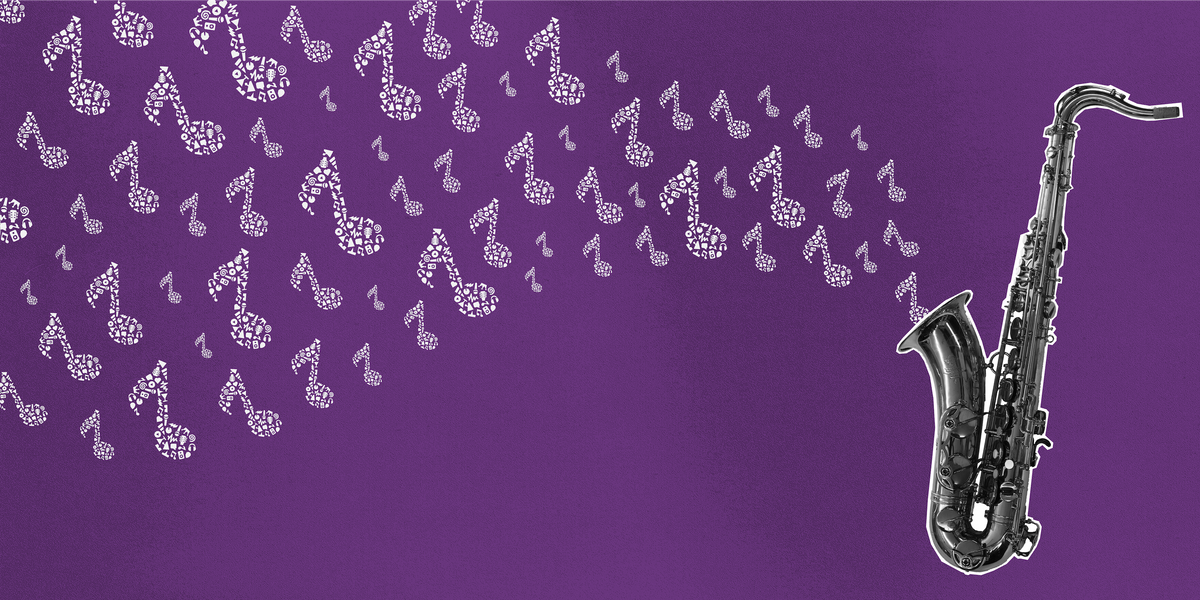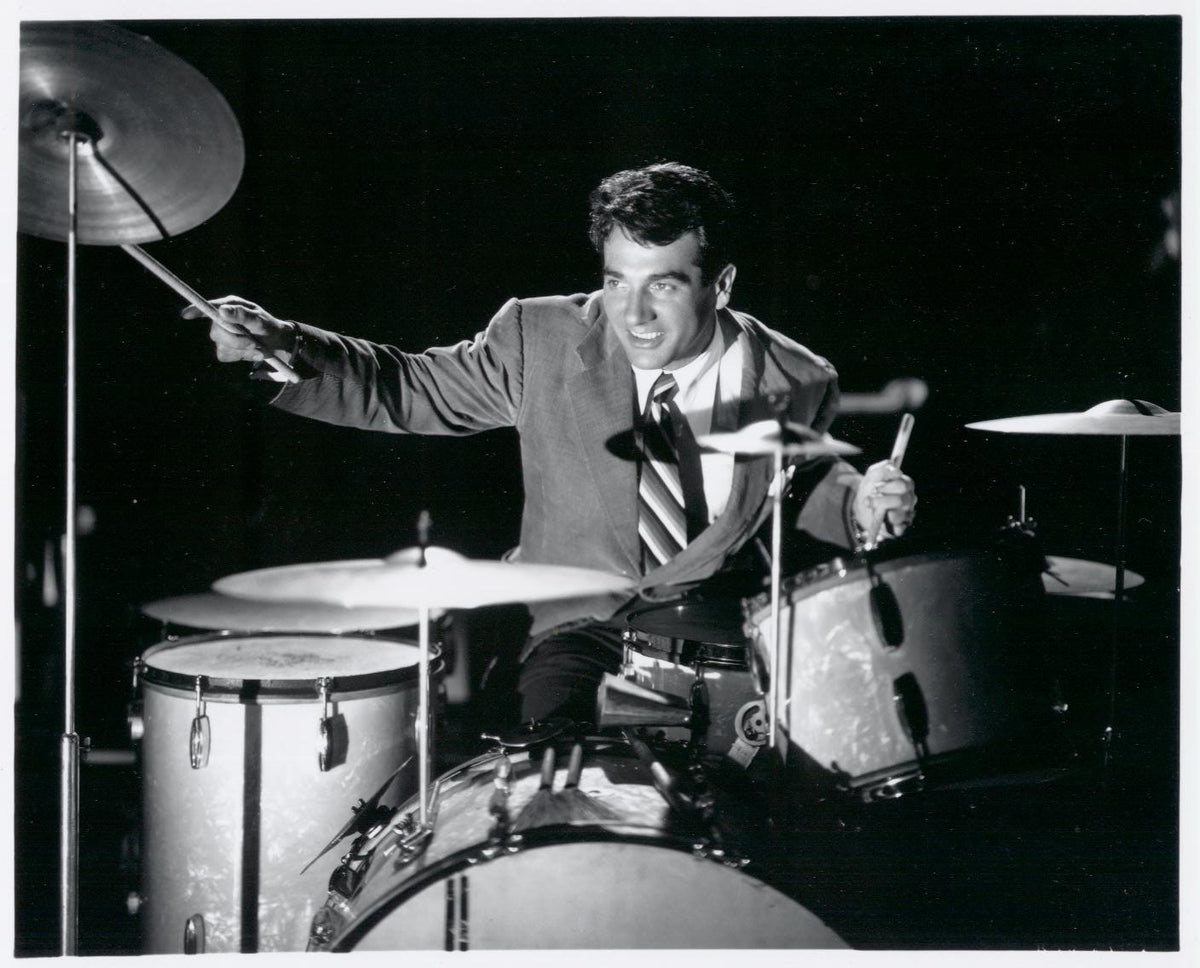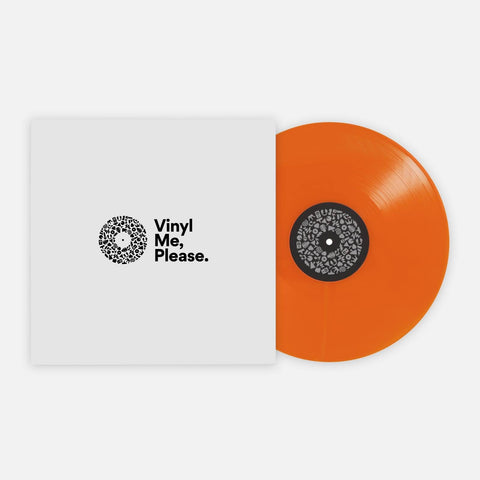Julian Edwin "Cannonball" Adderley got the New York jazz world talking the second he took the stage in 1955. Originally from Florida, this gregarious man had originally intended to pursue graduate studies and came to Manhattan to do so. He had been the high school band director at the Dillard High School in Ft. Lauderdale and had a local following as a musician there as well. He and his brother Nat had played with Ray Charles in the 1940s. But, he didn’t come to New York to play the clubs specifically. He wanted a higher education. By chance, he was asked to sit in with Oscar Pettiford one night at the Café Bohemia and that changed everything. Talk of a new Charlie Parker on the scene began immediately.
Soon Adderley had formed a group with his brother and they worked the club circuit and recorded a number of albums for the likes of Savoy and EmArcy Records. Eventually, Cannonball was brought in to join the Miles Davis Sextet, which he played with for two years. After his split from Davis’ group, Cannonball went on to help pioneer soul jazz, post-bop and a number of other subgenres.
Adderley was a fun-loving guy who liked the audience to have a good time, but he was also a thought-provoking artist and he addressed that with every genre that he played in. Oh, about that nickname? During Adderley’s youth, a guy in one of his early groups tried to make fun of his weight by calling him a “cannibal” but mispronounced it as can-i-bol. The other bandmates used “can-i-bol” to lightly make fun of the would-be mocker and the name eventually morphed into Cannonball. Or so the story goes. Anyway, here are the 10 best Cannonball Adderley albums to own on vinyl in chronological order.

Presenting Cannonball Adderley
Adderley’s 1955 debut set the tone for what was to come. While full of danceable numbers, Cannonball’s solos here are adventurous and confident. The opening track, Spontaneous Combustion, kicks off with a spidery piano figure before the band launches into a bluesy groove perfect for a night of dancing in the club. As the track moves along, it shifts gears and we’re hit with both bass and drum solos. This is classic Cannonball; always up for a good time, but never forgetting that jazz is also an art. Or maybe vice versa. This vibe continues through the album all the way to the end. Definitely a great springtime listen.
Presenting was also the debut of Cannonball’s brother and life-long collaborator, Nat Adderley. Nat, who was a seriously skilled trumpeter, would have his own solo album out a mere two weeks after Presenting Cannonball Adderley hit the streets. Also joining the Adderley brothers were Donald Byrd, Horace Silver, Hank Jones, Paul Chambers, Kenny Clarke and Jerome Richardson. All of whom are legends in the classic bebop era of jazz.
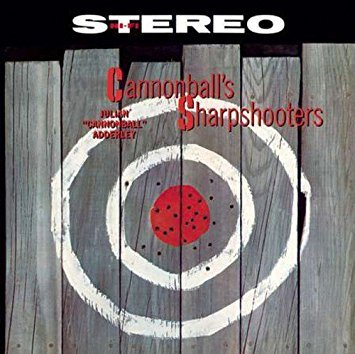
Cannonball's Sharpshooters
None of the songs on this 1958 release were written by Cannonball Adderley, but his signature is all over each of them. A little less straightforward and certainly less danceable than his debut album, Sharpshooters is no less joyous. Adderley’s take on songs such as Thelonious Monk’s standard “Straight, No Chaser” and Tadd Dameron’s “Our Delight” border on celebratory. The band is completely locked in on this album and plays off of each other perfectly.
Finally, there is an Adderley-penned tune on this album, but it isn’t Cannonball’s. Nat steps up to close out side one with “Jubilation,” an up-tempo song featuring solos by both brothers as well as pianist Junior Mance.
Sharpshooters is an infectious must-have. It’s great for having some uplifting music on in the background or for some serious audiophile concentrated listening. There is an energy on this album that is all but yelling from the rooftops that something big is about to happen.

Somethin' Else
And here’s what all the yelling is about. Original copies of the 1958 Blue Note classic sell for quite a bit of cash and there is a reason for that. Somethin’ Else is essential to any jazz collection. I’d argue that it is essential to any music collection. It should be required listening. You should have 10 copies. OK, maybe not that last one. But, it is one of the landmark albums in the golden bebop/hard bop age.
From it’s opener, “Autumn Leaves” to it’s penultimate track, “Dancing in the Dark” Somethin’ Else strolls along with a slow, cool groove that emphasizes the quintet’s confidence and style. It is evocative of wild nights and smoky clubs without having to run at a frantic pace. And while this is a laidback album, don’t let that chill atmosphere fool you. The musicianship is as fierce as ever, but the band has a little more time to explore their ideas. This incredible session was captured to tape by the legendary Rudy Van Gelder in his Hackensack, New Jersey studio.
Somethin’ Else is also notable for being one of the few records that has Miles Davis as a sideman. Adderley was a member of the Miles Davis Sextet at the time this album was recorded. He had Davis’ ear so to speak, but even so, getting the notorious bandleader to agree to not be in the center of the spotlight is an amazing feat. Not long after Somethin’ Else was released, Davis’ own Kind of Blue, which featured Adderley, hit shelves. Kind of Blue went on to become the highest-selling jazz album of all time.

Cannonball Adderley Quintet in Chicago/Cannonball and Coltrane
One of the great things about jazz is the collaborative nature of the art form. Many artists had their own groups but would also join up as a side player for another bandleader. It was entirely possible that a combo would be made up entirely of luminaries who had their own stable of musicians that they recorded their own albums with. And those players? Many of them had their own groups or solo projects as well. Like Somethin’ Else, 1959’s Quintet in Chicago illustrates just how much cross pollination was going on.
Both Adderley and John Coltrane were featured on Miles Davis’ Kind of Blue. Here, they light up a set of six songs along with basically the same group from the Davis album. Wynton Kelly plays piano (substituting Kind of Blue’s Bill Evans), Paul Chamber on bass, and Jimmy Cobb on Drums.
Coltrane and Adderley were very different in their approaches to jazz and the tension created by juxtaposing those divergent styles are on display on Quintet in Chicago. Coltrane brings his serious-minded and spiritual sound to the blues-based songs and Adderley seems to be playing for the person kicking off their shoes after a tough work week. This tension doesn’t pull the album apart though. Instead, it brings the whole thing together. It’s the best of both worlds.
The album was re-issued in 1964 as Cannonball and Coltrane.
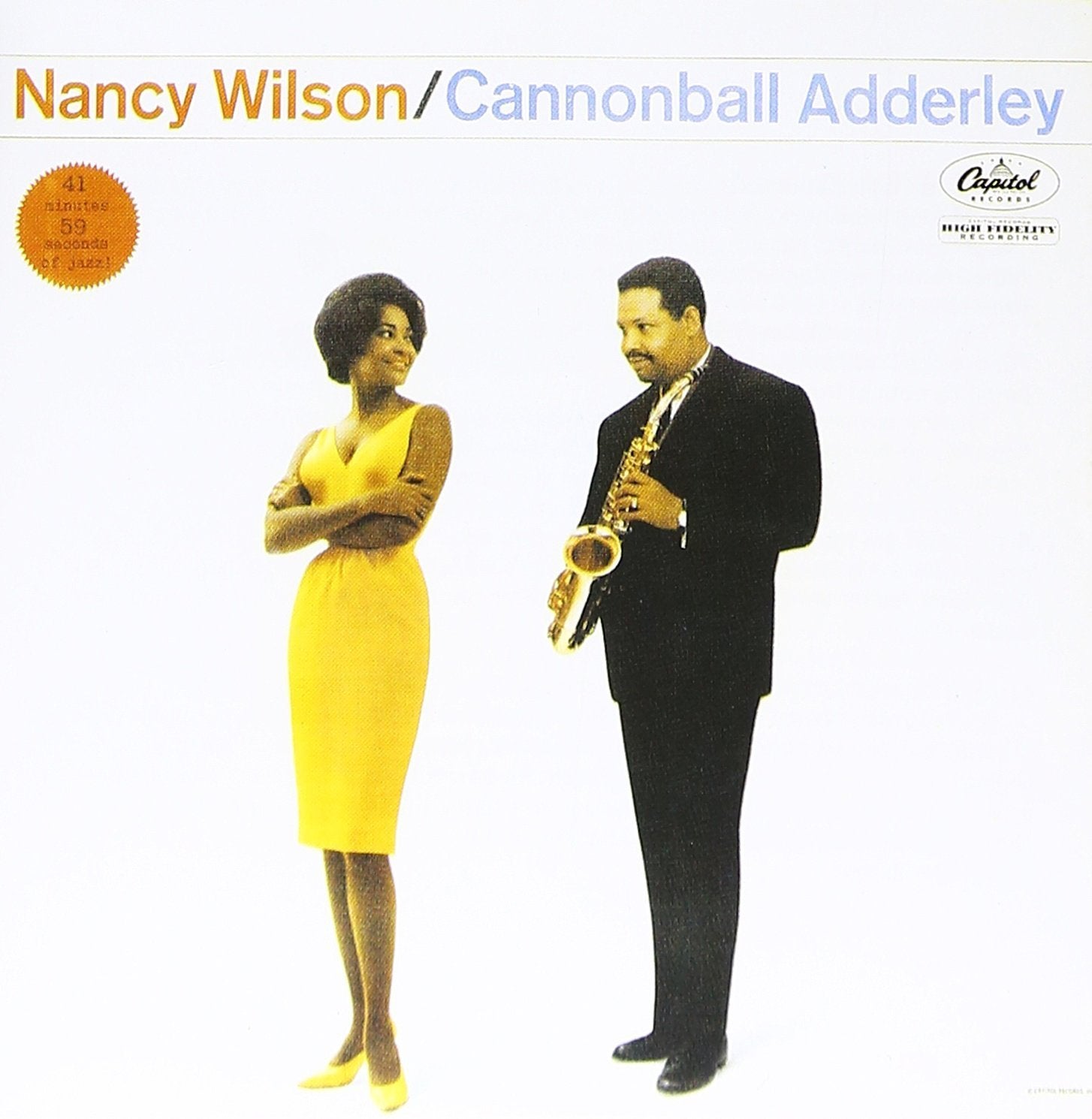
Nancy Wilson/Cannonball Adderley
This 1961 album is a staple of vocal jazz. Even though a full half of the tracks are instrumental, the songs featuring vocalist Nancy Wilson are the most memorable. The standout tracks being the freewheeling “Never Will I Marry” and the haunting “The Old Country.”
While the star of the show is clearly Wilson, it is interesting to hear how the Adderley brothers plus Weather Report co-founder Joe Zawinul pull it back a bit to give room for a vocal melody. Unlike the standard structure of intro-theme-improvisational solos-theme that dominates instrumental jazz albums, these songs were more conventional in their verse-chorus-middle eight-verse-chorus arrangement. This was a departure from the norm for Adderley, but in doing so, he and Wilson created a classic. Zawinul would also join up with Adderley and be a collaborative force on his projects for the next decade.

Know What I Mean?
Adderley teamed back up with Bill Evans for this 1961 soul jazz monster. Recorded over three dates at Bell Sound, this meeting of giants produced ten tracks of perfectly interweaved piano and saxophone classics. Adderley and Evans had worked together previously for Miles Davis and their sounds had melded well in the context of that group. Here, they take all that to 11. Adderley’s breezy solos serve as a counterpoint to Evan’s melancholic piano lines. Know What I Mean? is a study in quiet intensity. The instrumentation is rather sparse, being only a quartette, but that austerity is used to draw focus to the emotional core of the songs.
“Waltz for Debby” and “Who Cares?” are reason enough to give this album a listen, the latter of which brings in some of that Cannonball joviality.

Cannonball Adderley Sextet in New York
I would actually rank Sextet in New York as an album as necessary as Somethin’ Else. While nowhere near as famous as that album, Cannonball Adderley Sextet in New York perfectly captures everything Cannonball was about. This album is a party. A party with some far-out nearly free jazz post-bop elements to it. Things get a bit wild here and there and maybe a bit cerebral in places, but there is plenty to get on your feet for too. New to this lineup was icon Yusef Lateef, who had joined the Adderley ranks only a few weeks prior to this recording.
Things kick off with Cannonball telling the audience that they are actually hip and not merely pretending to be and that is appreciated. He tells them that because of their coolness, the band is choosing this venue (the Village Vanguard) as the site for their first New York live album. They immediately jump into the 13-minute-long jam “Gemini” which just builds as it goes along. It’s the kind of all-out track a band might close with, but things are just getting started!
The sextet charges along in a blur of solos and frantic chords. The only time things slow down is during the nearly psychedelic “Syn-Anthesia" written by Lateef. Originally released in 1962, this record has been in the secret stash of jazz collectors ever since.

Fiddler on the Roof
Speaking of secrets, this 1964 record is one of the best kept ones. Throw this on without telling anyone what it is and wait to see how long it takes for all conversation to stop and the focus to go straight to the turntable. “Who is that?” Many may see the title while browsing the jazz section and take a pass because of the musical angle. This would be a mistake on their part. This album is as solid as it comes.
Enlisting the Cannonball Adderley Sextet, Fiddler consists of eight songs from the musical reimagined as jazz tracks. While the original tunes provide a framework, the band is in no way held back by it. The tasteful playing of Lateef and Zawinul is complemented by the Adderley brothers and Charles Lloyd. Sam Jones and Louis Hays hold down the low end and drums. The title track and “Matchmaker, Matchmaker” would be at home on any jazz compilation.

Mercy, Mercy, Mercy Live at “The Club”
Cannonball was all about making sure the audience was having a good time. This extended to friends, too. That’s how we ended up with a bit of a hoax here. This record was not recorded at Chicago’s The Club at all, but rather in front of a live audience in Capitol Record’s Hollywood studio. The story goes that Adderley was friends with the manager of a Chicago venue called The Club and he wanted to give his friend a little help. Interestingly, the band did record some tracks at The Club the same year, 1966, they recorded this album. Those tracks were released in 2005.
The title track of this stellar album is one of those songs that everyone knows whether they realize it or not. This Joe Zawinul-penned song reached No. 2 on the Billboard charts and later had lyrics by Curtis Mayfield appended to it. That version of the song has been covered by many musicians throughout the years and has shown up just about everywhere. Go take a listen, you’ll recognize it right away. It’s even sampled on Liquid Swords.

The Price You Got to Pay to Be Free
Part live album, part studio album, part block party, part family reunion. It’s fitting that we end on this album. While not held in the same regard as some of the classic sextet and quintet material, The Price You Got to Pay to Be Free is a fantastic summation of the Adderley magic.
By 1970, the year of this album’s release, Adderley was embracing fusion and funk, elements of which are woven throughout the record. For example, the Nat Adderley-penned “Exquisition” starts with his brother’s lone sax burning through a bebop workout. Then Nat takes his turn at a solo, sans backing band. After a few measures, he drops into a repeating figure and the band jumps in with a bass heavy funk groove.
One of the highlights of the album is the introduction of Nat Adderley Jr. by his obviously proud uncle, Cannonball. After joking about the 15-year-old musician being wary of his father taking credit for his work, the band plays the young Adderley’s composition, the titular “The Price You Got to Pay to Be Free.” It is a thought-provoking protest song full of frustration and anger and the band puts it all front and center. The song is absolutely at home with the rest of the album even if it is above all else a party record. Because that’s the music of Adderley. The joy and pain and fear and elation. It is music about being alive.
CJ Hurtt is a record nerd and writer who lives in a remote fishing village in the Pacific Northwest. His work has appeared in Word Riot, various games for Aegis Studios, and Brain Scan Comics.
Related Articles
Join the Club!
Join Now, Starting at $36Pages

